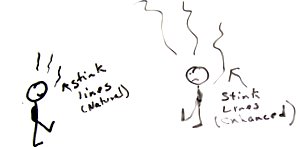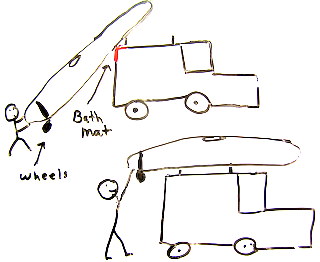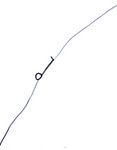 Once I was hiking along with Pinball and we were talking about gear. He boasted that he used Kelty Lightline on his tent. It’s reflective so you don’t trip over your tent lines at night.
Once I was hiking along with Pinball and we were talking about gear. He boasted that he used Kelty Lightline on his tent. It’s reflective so you don’t trip over your tent lines at night.
I said, I used to use that too until I hiked the Florida Trail and then the hunters that roar through the woods at night shooting at anything that reflects made me change my mind.
Then, one long hard day, we made it to a campground with water. There was a bunch of drunk loud people but we were too beat to carry on further. We both put up our gray tents.
After dark, as I was lying in my tent, I hear a truck and see the red backup lights getting closer to my tent. Then I hear, “Oh fuck! There’s people back there.” Then I saw brake lights glowing through the wall of my tent.
It was probably Pinball’s reflective line that caught his attention and stopped him from backing over us.







